Timing may not be everything, but it’s certainly close to being so. Whether it’s going through green lights or spotting trends before they peak, being in tune with the present influences all aspects of life, from careers to daily decisions and conversations. Maximising the benefits of timing so that it works for you, rather than against you (whether that involves checking the Solana price before a new investment or gauging consumer interest in a product through public surveys), is essential for success.
In no industry is this more true than in the entertainment industry. Timing can be the difference between a sensational, zeitgeist-capturing success and a tepidly received financial mishap. Nowhere is this more apparent than in the recent successes and failures of Disney’s live-action adaptations, “Lilo & Stitch” and “Snow White.”
The Runaway Success of “Lilo & Stitch”
Disney’s live-action adaptation of their 2002 animated film, “Lilo & Stitch,” premiered to record-shattering Memorial Day Weekend box office numbers. While the film had been tracking exceedingly well in the months leading up to its release, the final tally proved even larger than the most optimistic of estimates were willing to publicly state prior.
This was due to many factors: it was one of the only children’s films in theatres over the past several months, it was buoyed by a strong marketing campaign that put the titular loveable blue-furred alien front and centre, and it served as strong counter-programming to more mature theatrical offerings like “Mission: Impossible – The Final Reckoning.” However, what really propelled the film to such astronomical success was the way Disney capitalised on the twenty-year nostalgia cycle.
As the original animated film was released just over twenty years ago, this live-action film’s release was perfectly timed to take advantage of an entire generation’s fondness for that original film. Children who grew up with the original are now adults, making them not only actively interested in seeing this new iteration but far more likely to take the present-day children in their own lives to see it as well.
Nostalgia Cycles
“Lilo & Stitch” received a success incredibly similar to the previous high-water mark of Disney’s live-action catalog: 2017’s “Beauty and the Beast.” That film capitalised on a similar nostalgia cycle (this live-action film was released twenty-six years after its animated original, while the one for “Lilo & Stitch” was released twenty-three years after its original) and became a tremendous financial success for the company. Timing has been an essential element to these success stories, and it’s also why the company’s live-action adaptation from earlier this same year, “Snow White,” did not fare as well at the box office.
The original “Snow White and the Seven Dwarves” is an iconic animated classic, but it’s also a film that was released in 1937. Consequently, there isn’t a built-in nostalgia cycle that modern-day Disney can really capitalise on for this film in the same way. To the company’s credit, they seemed to realise this partway through the marketing campaign for “Snow White” and attempted to pivot in interesting ways.
Rather than focusing on the film itself, later marketing efforts highlighted a VHS-driven aesthetic, aiming to tap into a combined cultural nostalgia for the experience of watching classic Disney movies on home video in the ‘90s. The tactics ultimately failed, but they showcased even the company’s recognition that the timing for this live-action film was all wrong.
As a result, the box office total for “Snow White” was far closer to other more modest Disney live-action offerings such as “Dumbo” or “Cinderella,” each of which were based on older properties as well. The film that really proves the point here is actually not a Disney film at all: Universal’s “Wicked.” That film became a cultural sensation in 2024, nearly ninety years after the original “Wizard of Oz” was released. However, the critical difference was that “Wicked” was able to tap into a twenty-year nostalgia cycle successfully, specifically the audience’s nostalgia for the Broadway stage play it was based on, which premiered in 2003.
Final Thoughts
In the entertainment business, timing can be the difference between success and failure. In the same way that films like “Beauty and the Beast,” “Wicked” and now “Lilo & Stitch” optimised nostalgia-based timing to garner record-breaking attendance numbers, the poor timing of the release of “Snow White” led to its failure. Timing is a cultural obsession, and when it comes to the release of entertainment, it is everything.
Variety AU/NZ newsroom and editorial staff were not involved in the creation of this content.































